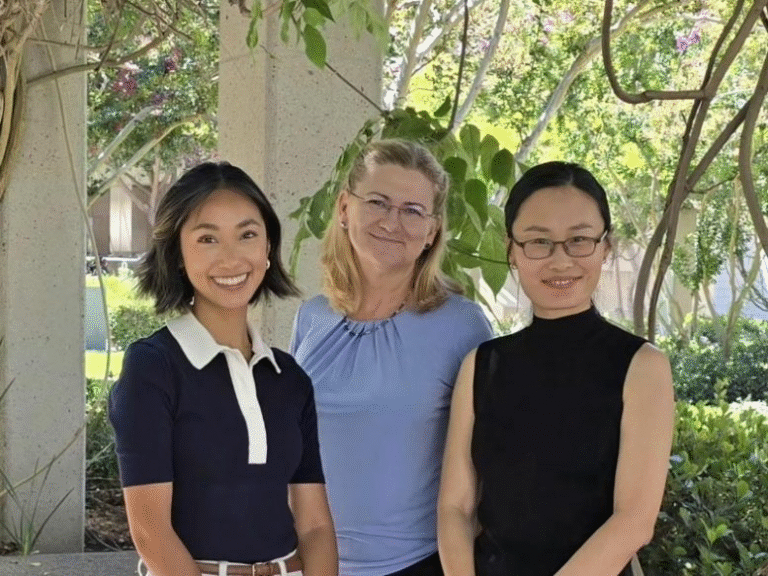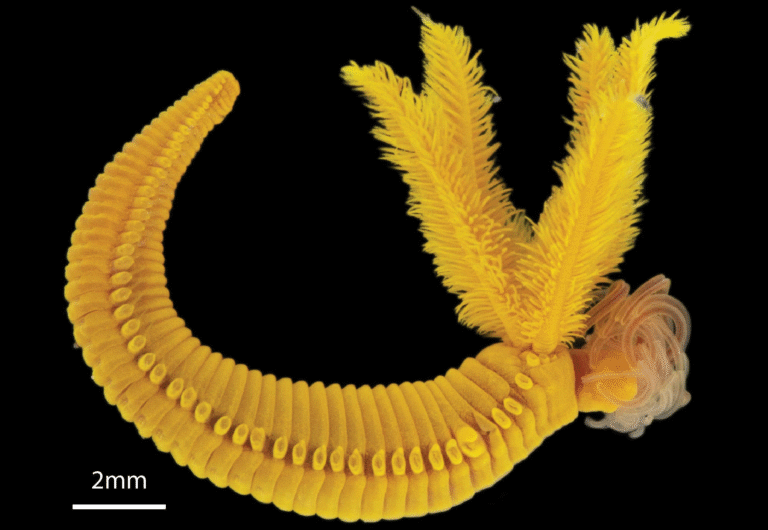Princeton Engineers Build Record-Breaking Superconducting Qubit That Lasts Over One Millisecond

In a major leap toward practical quantum computing, a team of researchers from Princeton University has achieved something the quantum world has been struggling with for years—a superconducting qubit that remains stable for more than one millisecond. This might sound small, but in the realm of quantum computing, it’s a huge deal. The new qubit lasts three times longer than any previous record, and about fifteen times longer than the current industry standard used in large-scale processors by tech giants like Google and IBM.
This research, published in Nature (2025), represents one of the most significant improvements in quantum hardware in over a decade. It could pave the way for scalable, error-resistant, and industry-ready quantum computers.
What Makes This Qubit So Special
At the heart of every quantum computer lies the qubit, the quantum version of the classical computing bit. Unlike ordinary bits that are either 0 or 1, qubits can exist in multiple states at once, enabling powerful computation. However, their biggest weakness has always been their short lifespan—they tend to lose information rapidly due to interference and energy loss.
Princeton’s new qubit shatters that limitation. It’s a transmon qubit, a type of superconducting circuit that operates at extremely low temperatures. The team reports that their new design achieves a coherence time (the period during which quantum information remains stable) exceeding 1 millisecond, an unprecedented milestone for this kind of device.
For context, previous best-in-class superconducting qubits lasted a few hundred microseconds. This new design extends that by an order of magnitude, allowing quantum processors to perform far more complex operations before errors creep in.
How the Princeton Team Achieved the Breakthrough
The researchers took a two-pronged materials-based approach to improve the qubit’s performance.
- New Metal Choice — Tantalum (Ta):
Instead of using the more common aluminum, they built the superconducting circuit out of tantalum, a metal known for its purity and stability. Tantalum has significantly fewer microscopic defects than aluminum, meaning it traps less energy and reduces losses that typically destroy quantum information. - Switching the Substrate to Silicon:
Traditional transmon qubits are often fabricated on sapphire, a material that, while good in some respects, introduces subtle losses due to imperfections in its crystal structure. The Princeton engineers replaced it with high-purity silicon, the same material used in classical computer chips. Silicon not only minimizes energy loss but also aligns perfectly with existing semiconductor manufacturing methods, making the design more scalable for industrial production.
Combining tantalum with silicon turned out to be technically challenging, as the two materials behave differently during fabrication. But after years of work, the team managed to grow high-quality tantalum films directly on silicon wafers. The result: a quantum chip with record-breaking stability and excellent reproducibility.
The Technical Achievements in Numbers
To verify their design, the researchers built a fully functional quantum chip incorporating multiple qubits. Across 45 different qubits, the team recorded an average lifetime of about 0.45 milliseconds, with the best one lasting 1.68 ± 0.10 milliseconds.
That corresponds to a quality factor (Q) of 2.5 × 10⁷—a measure of how well a system resists energy loss. The average quality factor across all devices was about 9.7 × 10⁶, which is still remarkably high for this type of technology.
They also tested coherence time using Hahn-echo experiments and discovered that, after improving the Josephson junction fabrication under ultra-high vacuum (UHV) conditions, T₂ coherence times even exceeded T₁ lifetimes in some cases. That’s an indicator of a clean, low-noise system.
Even more impressively, they achieved single-qubit gate fidelities of 99.994%—a crucial number when it comes to error correction and real-world computation.
Why This Matters for Quantum Computing
Quantum computers have the potential to solve problems that are practically impossible for classical machines—like simulating complex molecules, optimizing large systems, and breaking cryptographic codes. But today’s devices are limited by short qubit lifetimes and high error rates.
The Princeton design attacks both problems at once. Longer lifetimes mean more operations can be performed per qubit before errors accumulate. This, in turn, reduces the need for expensive and complex error-correction schemes, making large-scale quantum processors more feasible.
Because the new qubit design is compatible with existing transmon architectures, companies like Google and IBM could theoretically integrate Princeton’s materials approach into their current processors without having to redesign their entire systems.
According to the Princeton team, replacing the current qubits in a system like Google’s “Willow” processor with their design could make it 1,000 times more reliable. And if scaled to a 1,000-qubit machine, such an improvement could make the system perform up to one billion times better than current benchmarks.
The Role of Tantalum and Silicon in the Advance
The choice of materials was central to the breakthrough. Tantalum, a rare and durable metal, is especially resistant to corrosion and can withstand harsh chemical cleaning without losing its superconducting properties. This robustness allows engineers to eliminate contaminants that would otherwise absorb energy and introduce noise.
Silicon, on the other hand, offers exceptionally high purity and uniformity, making it ideal for quantum circuits that demand atomic-level precision. The combination of tantalum’s stability and silicon’s purity results in one of the cleanest possible environments for quantum information to live longer.
This material pairing also bridges the gap between academic prototypes and commercial production, since silicon fabrication is already the backbone of the global semiconductor industry.
Collaboration and Industry Implications
This research is the product of collaboration between three Princeton labs:
- Andrew Houck’s group, focusing on superconducting circuit design.
- Nathalie de Leon’s group, specializing in quantum materials and measurement science.
- Robert Cava’s group, experts in superconducting materials chemistry.
Their combined expertise in quantum device physics, materials science, and chemistry made it possible to push coherence times to new limits.
The work has also drawn attention from industry leaders. Michel Devoret, a leading physicist and chief hardware scientist at Google Quantum AI, praised the effort, emphasizing that the problem of extending qubit lifetimes has been a long-standing “graveyard” of failed approaches. This success demonstrates that academic research can still achieve breakthroughs that reshape the industrial landscape.
Moreover, since the design uses standard silicon wafers, mass production and scaling become realistic. The new process could accelerate the transition from laboratory-scale quantum processors to commercially deployable quantum computers.
The Bigger Picture: Why Coherence Time Is Everything
In quantum computing, coherence time determines how long a qubit can maintain its quantum state before environmental noise collapses it. A longer coherence time allows more quantum gates (operations) to be performed, increasing the total computational depth before an error occurs.
Extending coherence from microseconds to milliseconds doesn’t just mean a tenfold improvement—it allows exponentially more computation before the system decoheres. When this improvement is multiplied across hundreds or thousands of qubits, the resulting performance boost can be astronomical.
This is why the Princeton team’s 1-millisecond result isn’t just a laboratory curiosity—it’s a foundational step toward quantum advantage, the point where quantum computers outperform classical ones in real tasks.
What Comes Next
Although the results are groundbreaking, challenges remain. Fabrication yield, multi-qubit connectivity, and two-qubit gate fidelity all need further refinement for full-scale systems. But the Princeton design has proven that millisecond coherence is achievable using materials and techniques compatible with industry fabrication lines—something no one had demonstrated before.
The research opens a clear path for quantum processors that are both powerful and manufacturable, marking one of the clearest signs yet that quantum computing’s next era is approaching.
Research Paper:
Millisecond lifetimes and coherence times in 2D transmon qubits – Nature (2025)





